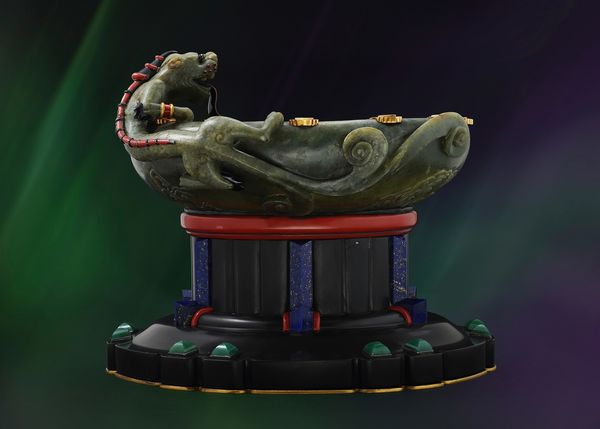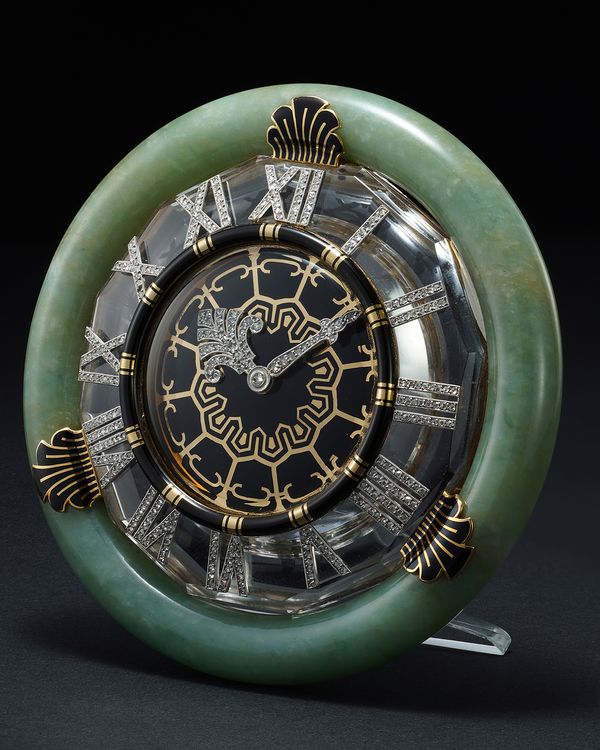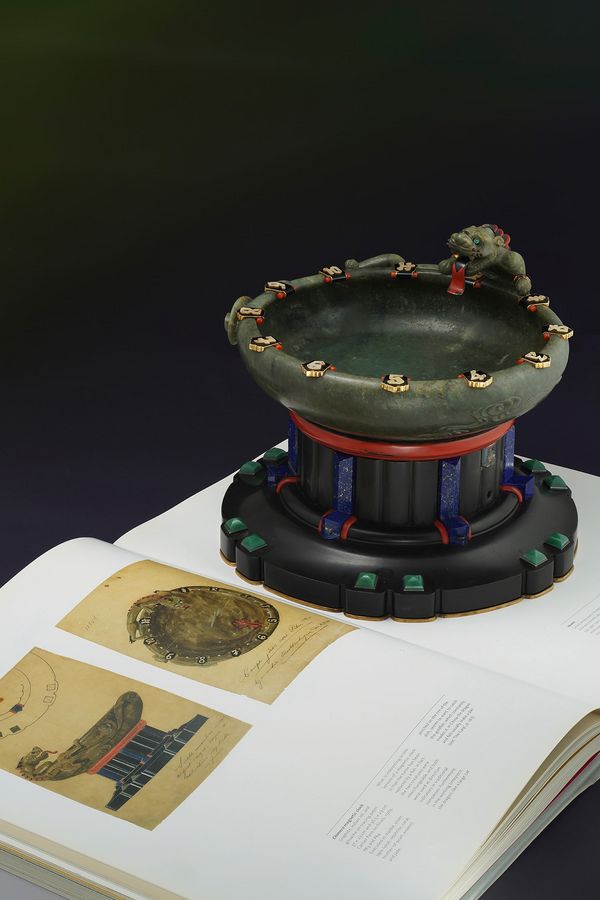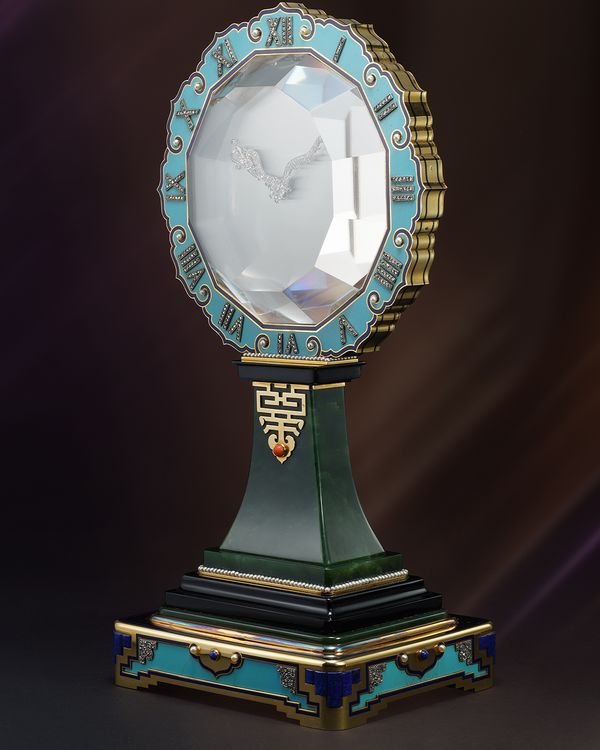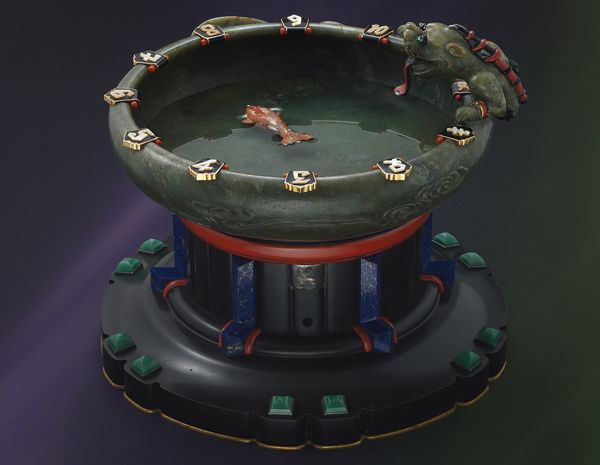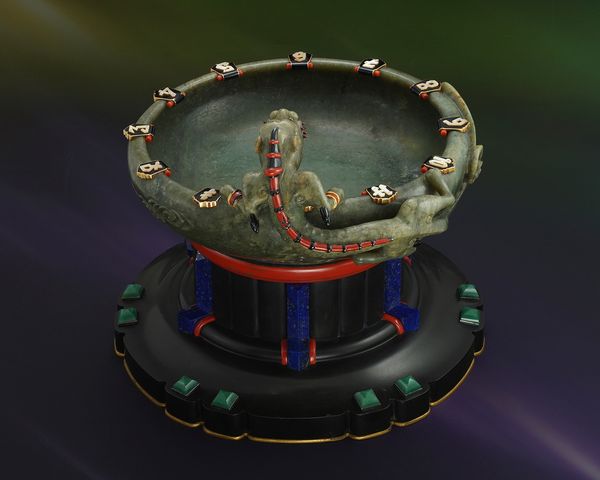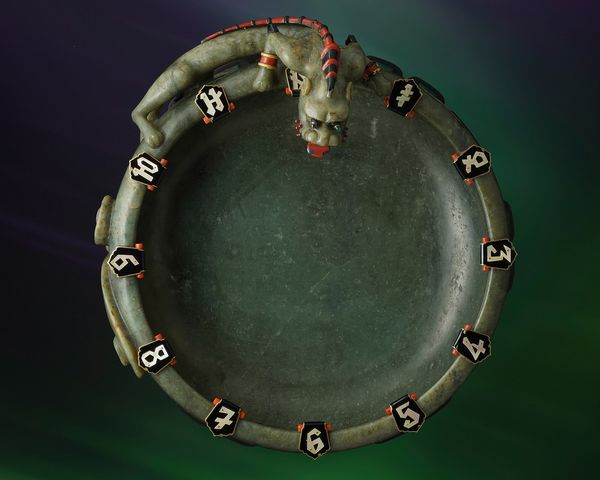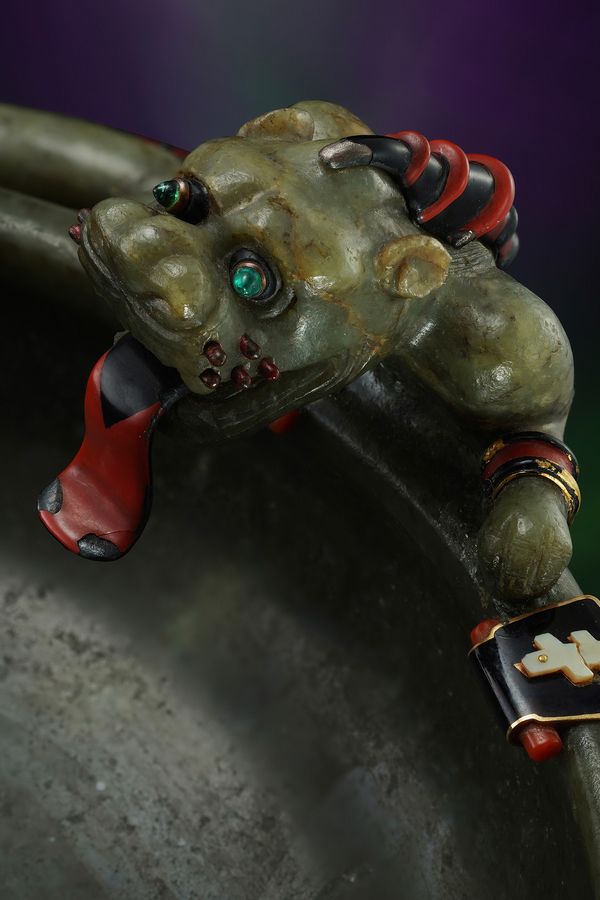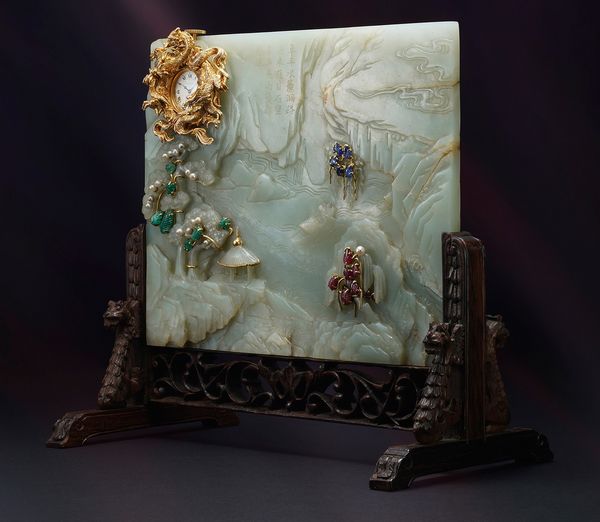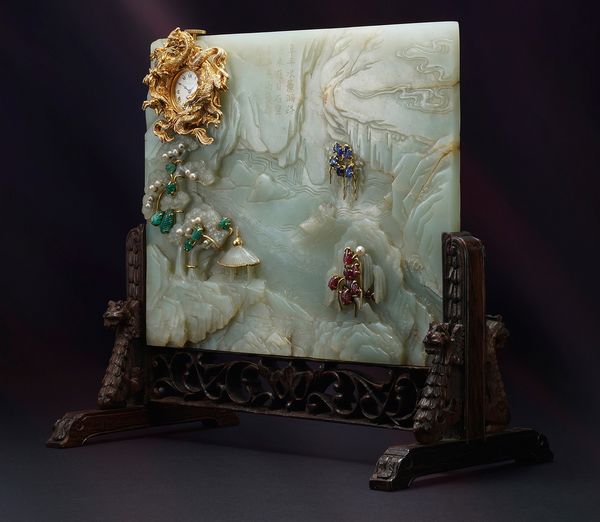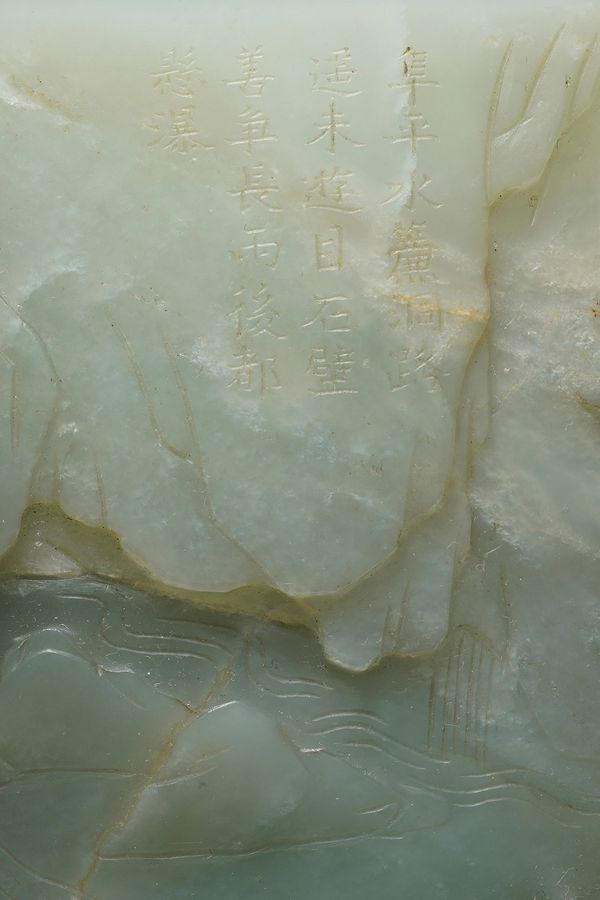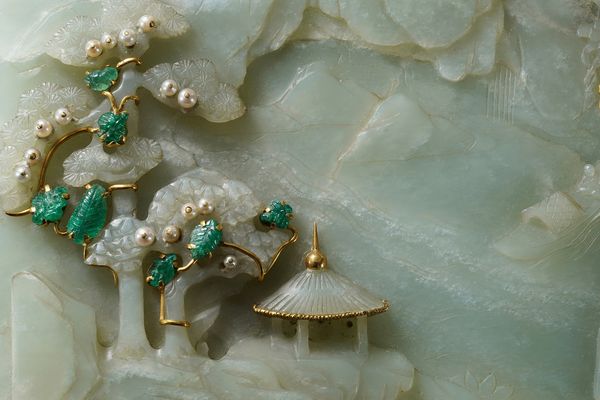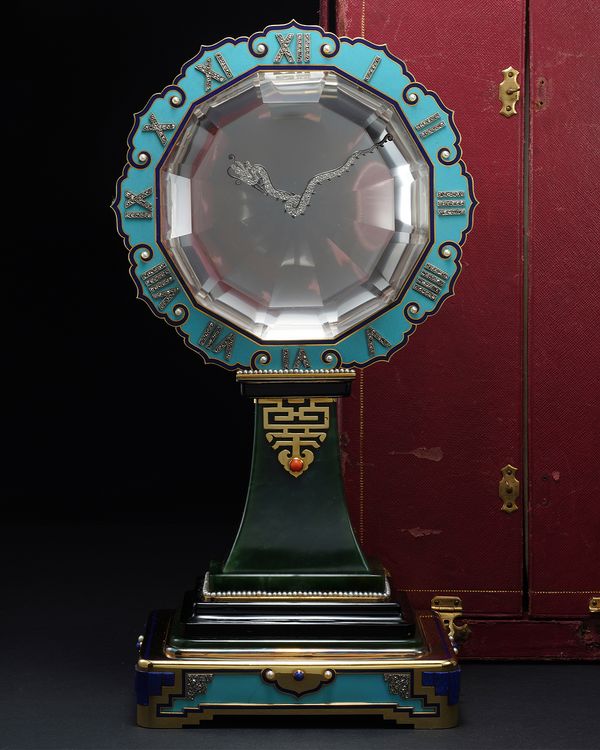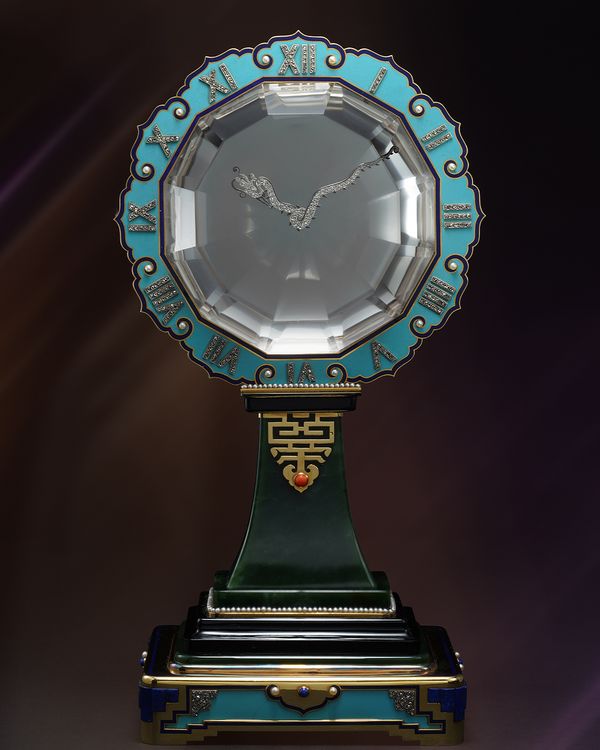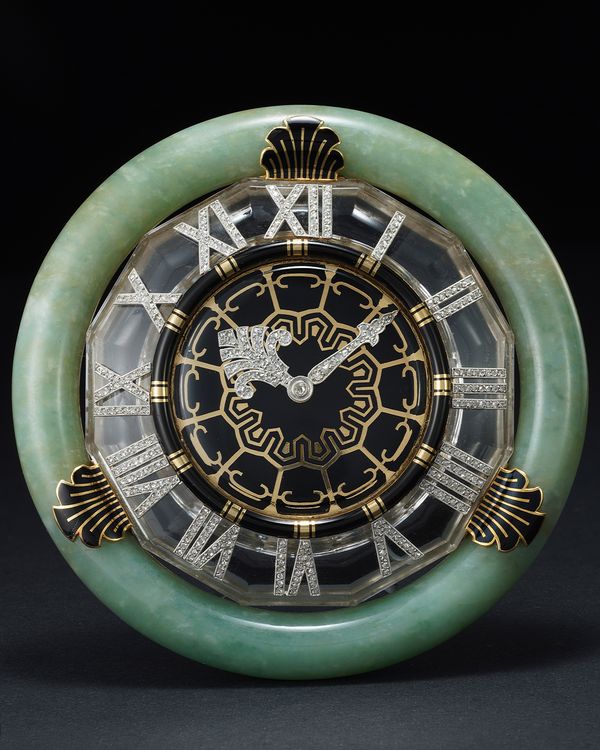Our first live auctions of the fall 2023 season are here! The PHILLIPS Hong Kong Watch Auction: XVIII, takes place on May 24 and 25, 2024, at our West Kowloon headquarters, and the New York Watch Auction: X, takes place at on June 8 and 9, at our Park Avenue headquarters. The auctions include hundreds of the world's finest watches – and naturally, there are a number of extraordinary pieces from Cartier, including four extraordinarily rare clocks from the early 20th century; two clocks are available in each sale.
– By Logan Baker
Cartier is beloved worldwide for its creativity, its craftsmanship, and its inherent ability to capture the fascination and curiousity of anyone who comes close.
Its remarkable history – as "the jeweller of kings, and the king of jewellers," according to King Edward VII – has positioned Cartier as a one-of-a-kind leader in the luxury space.
What other company or brand can lay claim to such varied feats such as creating the world's first mass-produced mens' wristwatch (the Santos Dumont) and up to receiving individual royal warrants from the monarchies of the United Kingdom, Spain, Portugal, and Russia?
Cartier is today the steward of an exceptional legacy that places it in a class by itself. And while certain stories and aspects of its past have found a foothold in the public imagination (the signature red box, the myth behind the Cartier Crash's origin, etc.), there are still many more enthralling historical Cartier anecdotes just waiting to be rediscovered and discussed.
Phillips in Association with Bacs & Russo announced earlier this week that a group of four truly extraordinary items from Cartier's past would be included in this season's Watch auctions in Hong Kong (May 24-25, 2024), and New York (June 8-9, 2024).
The special qualities and desirability of these four lots might take some of Cartier more recent devotees by surprise.
The company's surging recent popularity is mostly driven by the universal popularity of its signature watch and jewelry products, such as the always-classic Tank and Ballon Bleu wristwatches, or the huge variety of rings and bracelets that make up the current Panthère de Cartier jewelry collection.
The four special Cartier items included in the spring 2024 Hong Kong and New York auctions are neither wristwatches or jewelry – they're clocks.
These sensational clocks were crafted by Cartier in the 1920s and '30s, and they could easily be regarded as special or valuable for their artistic style. One of the four clocks, for example is considered to be the most important and interesting water clock ever produced by Cartier. Another clock is built by using a beautiful upright jade panel that is adorned with a clock face, plus gems, jewels, and a traditional Chinese poetry lightly engraved on one surface.
With all the focus on Cartier clocks, it should go without saying that we couldn't bear to not have an original Cartier mystery clock available this season – and the one we found is irresistible, with a dash of Art Deco design detailing and a floating handset in the shape of, yes, a dragon.
And then there's even more Art Deco delight to be discovered with the final clock of the this foursome: It's a lovely desk clock crafted from jade, rock crystal, black enamel, with Roman hour numerals in black lacquer and then adorned with an additional diamond setting.
All four clocks are tremendous examples of Cartier's cutting-edge approach to design and craftsmanship during the early decades of the 20th century, helping set the stage for everything that would come later on that we adore. It's rather rare, today, for Cartier to publicize the creation of a new clock alongside its current collection of watches and jewelry; for instance, you won't find a single clock listed anywhere on Cartier's official website these days.
These utterly remarkable timepieces from the early 20th century deserve the respect and appreciation of all Cartier fans. Any one of these ornate clocks would have been considered a tentpole horological creation for Cartier's dedicated workshop for watches and clock in Paris.
We've highlighted all four of the Cartier clocks in greater detail below.
The Phillips Hong Kong Watch Auction: XVIII
Location: G/F, WKCDA Tower, West Kowloon Cultural District, No. 8 Austin Road West, Kowloon, Hong Kong
Time/Date: May 24-25, 2024; The sale will begin at 2:00 PM HKT both days.
Lot 933: A Circa 1929 La Pendule Magnétique 'Water Clock'
Estimate: In excess of HKD $2,000,000
One of the most exciting and significant horological discovers of the 21st century occurred recently – a Cartier water clock from the late 1920s was rediscovered after disappearing into a private collection more than 30 years ago.
This isn't any old clock. It's crafted of marble, silver, lapis lazuli, nephrite, coral, mother-of-pearl, enamel, and jade. So rare is this sort of clocks that a cursory internet search fails to yield many results; in fact, our further research revealed that this was the only water clock example by Cartier to feature this specific decorative scene.
Also known as “La Pendule Magnétique,” Cartier's water clocks are among the most exotic and prestigious creations ever made by La Maison. Built under the guidance of Maurice Couet, who founded Cartier's initial horological workshop at 30 rue Lafayette, in Paris, in 1919, Cartier water clocks of the late 1920s and early 1930s are considered to be on par with Cartier's mystery clocks of the same period, in terms of desirability.
So important is the present clock that it was explicitly written about in the book, The Cartier Collection: Timepieces, by Franco Cologni and François Chaille – considered to be the official tome by Cartier for covering its extensive archives.
The book states: "The most precious of the three clocks, dated 1929, which had long been missing and only known through a photograph from the archives, reappeared in 1990 at auction in New York: a jade chimera with emerald eyes and a red enamel tongue perched on the rim of a dish – an 18th century Chinese piece, also made of jade – while a small tortoiseshell turtle (originally, designed as a leaf-shaped motif) makes its round."
So Cartier itself has confirmed that the present water clock is indeed the rarest and most unusual. This sentiment is further repeated in Cartier, by Hans Nadelhoffer, who describes this very clock as being "La version la plus raffinée" - "the version most refined".
The mechanism itself operates via a simple magnetic field that is placed between sets of concealed magnets inside the case as well as in the carp fish, moving them around the shallow, water-filled bowl, moving past the gold, coral, mother-of-pearl and enamel markers in order to indicate the passing time.
While Cartier’s water clocks typically feature a turtle to indicate the time, in this instance, the fish has been painstakingly created to indicate the hours and minutes. Further, the hour markers are made of lacquer.
Of all the Cartier water clocks to come to market, the present example is easily the most lavishly designe. The base is crafted of marble, with accents of studded lapis lazuli and aventurine to attract the eye.
The basin itself is a Chinese creation from the 18th century. Crafted out of nephrite, a Chimera creature coils around the basin, like a large cat perched on the rim, ready to pounce and catch its prey.
In Chinese imagery, the dragon and the fish are often depicted together, symbolizing potent and auspicious powers, particularly with control over water. The Chimera, also known as the Qilin, is an auspicious creature of Far Eastern Mythology, who is said to bring good luck, fortune, and wisdom.
Without a doubt, this is one of the most important objects ever created by Cartier. Its appearance after so many years missing is a true event that deserves to be celebrated by Cartier connoisseurs and brand scholars alike. A dream come true for many, it presents a once-in-a-lifetime opportunity for collectors to acquire a trophy - the very best, of the rarest timepieces ever created by Cartier.
Lot 934: A Circa 1930 Cartier Jade Table Clock
Estimate: In excess of HKD $500,000
An exquisite piece of art, the present jade table clock by Cartier is an exceptional work like no other, showcasing a beautifully carved landscape inspired by a small ink andthe brush painting Flying Spring on the Stone Wall, second in a series of eight landscape paintings by the painter Dong Bang Da.
Dong Bang Da was the appointed imperial court painter for Emperor Qianlong, who greatly treasured the painter's work, by demonstrating his appreciation by composing poems inspired by the subject of his paintings.
While in the painting, the poem by Emperor Qianlong was inscribed in calligraphy, here, the same imperial poem is carved on the jade panel:
阜平水簾洞,路遙未遊目。
石壁善爭長,雨後都懸瀑。
The poem can also be understood in English as the following:
Fu Ping Water Curtain Cave, the road is far away before you can see it.
The towering height of the stone wall, and waterfalls hanging after the rain.
Dong Bang Da (1699-1769)
A highly decorated painter and calligrapher originally from Fuyang, Dong Bang Da was the imperial court painter during the Qing Dynasty.
During his illustrious career, he eventually became the Minister of the Ministry of Rites and was granted the posthumous title of “Wen Ke.” He is perhaps best known for creating landscape scene paintings of nature, which were accompanied by imperial poems composed by Emperor Qianlong.
The poem engraved on the jade plaque praises the towering height of the stone wall of Fu Ping’s Water Curtain Cave, along with the waterfalls that hang around after the rain.
Fu Ping County, still to this day, is famous for its magnificent scenery and, particularly, its waterfalls. Dong Bang Da captured one of those falls, the Water Curtain Cave, in his painting, which in turn, inspired Emperor Qianlong to compose the accompanying poem that contrasted the power of the stone cliff with the graceful movement of the waterfall after the rain.
The highly decorated jade panel serves as the backdrop for the setting, with clouds, mountains, water and a sampan boat carved into the stone. The carved blue sapphires and emeralds represent leaves, while the rubies are a part of the willow trees. Pearls are sprinkled throughout the landscape, conjuring the image of flowers in the trees.
Even a small pagoda is present, with the top made of yellow gold. On the upper left of the jade panel is an 8-day open face watch, sourced from European Watch & Clock Co. Inc, that is then encircled by dragons.
The use of the five-clawed dragons are especially fitting here, as it's accompanied by Emperor Qianlong poem.
In Chinese cultural imagery, the dragon is a symbol of the emperor, an almighty leader who mediates between Heaven and Earth, and who is often depicted rising out of clouds or waves, symbolizing fortune and prosperity. The panel itself is intricately carved, showcasing Cartier’s unparalleled eye for detail and precision.
Even the wooden stand has been finished to perfection, with chimera figurines supporting the jade plaque.
While Cartier created this timepiece in the 1920s, it was nonetheless inspired and enlightened by China’s illustrious Imperial past. It is our understanding that the present jade plaque is an original Chinese table screen, possibly from the 18th or 19th century, which is when the engravings would have been completed. The carved gemstones set on the plaque were a later Art Deco-era addition by Cartier.
In Chinese culture, table screens were placed on desks of officials and scholars as a means of contemplation, serving as sources of inspiration for reflection. One can only imagine the client who had commissioned this timepiece and his or her link to China’s imperial past.
Having first appeared on the market three decades ago, this historically significant clock will most likely remain hidden once again, cherished by its new owner for many years to come. Its public sale at Phillips Hong kong is a unique chance to acquire something that is not only an intricate and beautiful piece of horology but also a historically significant item imbued with the values of Chinese culture.
The Phillips New York Watch Auction: X
Location: 432 Park Avenue, New York, NY, United States, 10022
Time/Date: June 8-9, 2024; The sale will begin at 10:00 AM ET both days.
Lot 100: A Circa 1928 Cartier Mystery Clock
Estimate: USD $300,000 - 600,000
An important part of Cartier's illustrious legacy includes the creation of exquisite Mystery Clocks, beginning with Maurice Coüet's Model A, in 1912.
French fashion magazine La Gazette du Bon Ton hailed them as "miracles of horology," in 1925, underscoring their unprecedented design.
Coüet continued crafting these unique timepieces by hand throughout the 1920s, each adorned with opulent materials and intricate designs.
Notably, the very first Cartier Mystery Clock was acquired by the banker John Pierpont "J.P." Morgan. Its illusionary effect, with suspended hands, was achieved through an innovative optical engineering techique that was inspired by prior experiments from the French clockmaker and illusionist Jean Eugène Robert-Houdin in the 1830s.
Produced by Cartier France, before it was sold through Cartier London, the present Single AxleClock measures approximately 27.5cm in height and 13.5cm in width. It's made out of rock crystal, jade, diamond, onyx, coral, pearl, turquoise, and enamel. It uses a single central axle going through the clock's base rather than an earlier system using a double axle.
Its design is influenced by Far Eastern design motifs, especially seen in the hands that are coated in diamonds and onyx, and shaped into the appearance of a dragon. The dragon, deeply symbolic in Chinese culture as a representation of imperial power and prosperity, adds a layer of significance with it being the Year of the Dragon in 2024. This auspicious symbolism intertwines with the mystique of the mystery clock, which retains its original presentation box and numbered key, linking it to its storied past.
Having first appeared on the market three decades ago, its upcoming public sale at Phillips New York, in June 2022, offers a an extremely rare opportunity to acquire what is not only an intricate and beautiful piece of horological histor but also a historically significant museum-quality piece of Art Deco ornamentation.
Lot 101: A Circa 1930 Cartier Jade Desk Clock
Estimate: USD $80,000 - 160,000
First created in the early 1900s, the desk clock was the perfect canvas for Cartier to showcase its unbridled creativity.
Crafted by Cartier Paris, the present clock is also known as the "Pendulette à Chevalet." It's from the 1920s and was inspired by the aesthetics of the Far East.
It is fitted with a striking jade bangle around the dial, a nod to the clock's Asian design influence, and then made to look like an easel. Lotus motifs, symbolizing purity, rebirth, and divinity, further adorn the rock crystal. The rock crystal is also suspended outside the dial, with diamond-set Roman numerals, providing a very striking and memorable appearance.
Interestingly, a similar clock – also made with a jade bangle and enamel and diamond accents – can be found in Cartier's official archive/collection. It was illustrated in The Cartier Collection: Timepieces by Franco Cologni and François Chaille. Both the present lot and the one in Cartier's collection include movements from Longines. Indeed, the Longines Extract that accompanied this clock states that the present movement was delivered to Longines' former agent for France, in 1920, destined to fit inside a "Pendulette" clock.
The clock's panels provide the perfect canvas for a variety of gem-setting techniques. To apply lacquer or enamel on the panels required delicate handling, technical virtuosity, and artistic sensibility. And then to fit other panels made out of hard stone (like lapis lazuli or rock crystal) requires extreme dexterity and know-how.
The unparalleled condition and quality of the present desk clock further underlies its importance.
You can learn more, place a bid, and view the entire Hong Kong Watch Auction: XVIII catalog here, and the New York Watch Auction: X catalog here.
About Phillips In Association With Bacs & Russo
The team of specialists at PHILLIPS Watches is dedicated to an uncompromised approach to quality, transparency, and client service. Phillips in Association with Bacs & Russo holds the world record for the most successful watch auction, with its Geneva Watch Auction: XIV having realized $74.5 million in 2021. Over the course of 2021 and 2022, the company sold 100% of the watches offered, a first in the industry, resulting in the highest annual total in history across all the auction houses at $227 million.
About Logan Baker
Logan has spent the past decade reporting on every aspect of the watch business. He joined Phillips in Association with Bacs & Russo at the start of 2023 as the department's Senior Editorial Manager. He splits his time between New York and Geneva.
Recommended Reading
The Fine Print: Fifteen Years Of The A. Lange & Söhne Zeitwerk
